Description
One of the first “instant” formulas available and is one of the most researched and respected products used by professional breeders, veterinarians and conservation programs throughout the world. This high-nutrient formula promotes growth, weaning, development and bright plumage and will support a healthy crop when used correctly. Contains probiotics to encourage a healthy population of intestinal microorganisms. Digestive enzymes are included to ensure adequate digestion of carbohydrates and proteins. This product is formulated for use with baby birds requiring an increased energy diet such as: Macaw, Eclectus, Hawk-Headed, African Parrots and Caiques.
Not recommended for Cockatoos.
Allergen Information: Manufactured in a facility that processes peanuts and tree nuts. Not intended for human consumption.
Storage Instructions: After opening bag, remove air from package and reseal tightly. Use food within 30 – 45 days. Store in a cool, dry location. Refrigerate or freeze for extended storage.
Feeding Guidelines
Formula Preparation
Please read all the instructions before using the exact Hand Feeding Formula. It is always advised to weigh formula and water to assure proper concentrations. Volume measurements are less accurate but usually sufficient.
- Combine formula and hot water (approx. 49 °C) in a clean, sanitized container according to the age chart on the pack. (If your tap water contains bacteria, the use of boiled or bottled water is recommended.)
- Mix formula thoroughly and allow it to sit for one minute.
- Cool mixture to 40°C (or between 38° – 43°C). Mixture should have the consistency of thick creamy pudding. If a smoother consistency is desired, stir product vigorously at this time, which aids in activating added enzymes.
Special Notes For Preparation
IMPORTANT – Do Not Reuse Mixed Formula!! Discard and mix fresh at each feeding.
Microwaving should be avoided. Microwaving can create “hot spots” in the formula and increase the likelihood of accidental crop burns. If required, limit microwaving (on high) to no more than 5 seconds per 1/2 cup of mixed formula at a time. Be sure to follow this with vigorous stirring before retesting the temperature and feeding.
- Feed mixture with a clean, disinfected syringe, spoon, tube, or other comfortable method. A separate implement should be used for each baby to prevent spread of disease.
- Dispense food along with the chick’s feeding response (rhythmic bobbing motion). This is more natural and decreases the likelihood of formula being inhaled.
- Feed until the chick’s crop is nicely rounded or it refuses any more food, whichever comes first. Do not overfeed or regurgitation may occur. Generally, each meal should consist of a volume equivalent to 10-12% of the bird’s body weight.
- Clean and sanitize feeding equipment after use. Clean any spilled food from the chick and change bedding after each feeding. Good hygiene is critical for a baby bird’s health.
Composition
Ground Corn, Ground Wheat, Corn Gluten Meal, Soybean Meal, Soybean Oil, Wheat Middlings, Dried Whole Egg, Dried Molasses Beet Pulp, Coconut Oil, Ground Flax Seed (Source of Omega-3), Dicalcium Phosphate, Calcium Carbonate, L-Lysine, Wheat Germ Meal, Brewers Dried Yeast, Salt, Fructooligosaccharide, Potassium Sulfate, Vitamin A Supplement, Choline Chloride, DL-Methionine, L-Arginine, Potassium Chloride, Yeast Extract, Propionic Acid (Preservative), Vitamin E Supplement, Vitamin B12 Supplement, Riboflavin Supplement, Mixed Tocopherols (Preservative), L-Ascorbyl-2-Polyphosphate (Source of Vitamin C), Manganese Proteinate, Copper Proteinate, Ferrous Sulfate, Zinc Oxide, Manganous Oxide, Menadione Sodium Bisulfite Complex (Source of Vitamin K activity), Niacin, Rosemary Extract, Citric Acid, Ethoxyquin (Preservative), Calcium Pantothenate, Copper Sulfate, Pyridoxine Hydrochloride, Thiamine Mononitrate, Cholecalciferol (Source of Vitamin D3), Beta-Carotene, Folic Acid, Calcium Iodate, Biotin, Cobalt Carbonate, Sodium Selenite, Dried Aspergillus oryzae Fermentation Extract, Dried Bacillus subtilis Fermentation Extract, Dried Bacillus licheniformis Fermentation Product, Dried Bacillus subtilis Fermentation Product.
Composition
Ground Corn, Ground Wheat, Corn Gluten Meal, Soybean Meal, Soybean Oil, Wheat Middlings, Dried Whole Egg, Dried Molasses Beet Pulp, Coconut Oil, Ground Flax Seed (Source of Omega-3), Dicalcium Phosphate, Calcium Carbonate, L-Lysine, Wheat Germ Meal, Brewers Dried Yeast, Salt, Fructooligosaccharide, Potassium Sulfate, Vitamin A Supplement, Choline Chloride, DL-Methionine, L-Arginine, Potassium Chloride, Yeast Extract, Propionic Acid (Preservative), Vitamin E Supplement, Vitamin B12 Supplement, Riboflavin Supplement, Mixed Tocopherols (Preservative), L-Ascorbyl-2-Polyphosphate (Source of Vitamin C), Manganese Proteinate, Copper Proteinate, Ferrous Sulfate, Zinc Oxide, Manganous Oxide, Menadione Sodium Bisulfite Complex (Source of Vitamin K activity), Niacin, Rosemary Extract, Citric Acid, Ethoxyquin (Preservative), Calcium Pantothenate, Copper Sulfate, Pyridoxine Hydrochloride, Thiamine Mononitrate, Cholecalciferol (Source of Vitamin D3), Beta-Carotene, Folic Acid, Calcium Iodate, Biotin, Cobalt Carbonate, Sodium Selenite, Dried Aspergillus oryzae Fermentation Extract, Dried Bacillus subtilis Fermentation Extract, Dried Bacillus licheniformis Fermentation Product, Dried Bacillus subtilis Fermentation Product.
Feeding Guidelines
Formula Preparation
Please read all the instructions before using the exact Hand Feeding Formula. It is always advised to weigh formula and water to assure proper concentrations. Volume measurements are less accurate but usually sufficient.
- Combine formula and hot water (approx. 49 °C) in a clean, sanitized container according to the age chart on the pack. (If your tap water contains bacteria, the use of boiled or bottled water is recommended.)
- Mix formula thoroughly and allow it to sit for one minute.
- Cool mixture to 40°C (or between 38° – 43°C). Mixture should have the consistency of thick creamy pudding. If a smoother consistency is desired, stir product vigorously at this time, which aids in activating added enzymes.
Special Notes For Preparation
IMPORTANT – Do Not Reuse Mixed Formula!! Discard and mix fresh at each feeding.
Microwaving should be avoided. Microwaving can create “hot spots” in the formula and increase the likelihood of accidental crop burns. If required, limit microwaving (on high) to no more than 5 seconds per 1/2 cup of mixed formula at a time. Be sure to follow this with vigorous stirring before retesting the temperature and feeding.
- Feed mixture with a clean, disinfected syringe, spoon, tube, or other comfortable method. A separate implement should be used for each baby to prevent spread of disease.
- Dispense food along with the chick’s feeding response (rhythmic bobbing motion). This is more natural and decreases the likelihood of formula being inhaled.
- Feed until the chick’s crop is nicely rounded or it refuses any more food, whichever comes first. Do not overfeed or regurgitation may occur. Generally, each meal should consist of a volume equivalent to 10-12% of the bird’s body weight.
- Clean and sanitize feeding equipment after use. Clean any spilled food from the chick and change bedding after each feeding. Good hygiene is critical for a baby bird’s health.
Fun Fact
Weaning Instructions
To encourage the weaning process, conversion diets should be offered when “exploration” begins. When the baby bird is fully feathered, offer Kaytee Exact Rainbow food in a clean food cup, in addition to routine hand feeding. The baby bird will slowly begin to prefer these new forms of the food. Fresh water must be provided at all times. Prolonged use of hand feeding formula beyond the normal weaning age, or excessive feeding, may result in health concerns. A chick will lose up to 10% of its body weight during weaning as it begins to eat on its own.
Monitoring A Hand Fed Baby Bird
Monitoring weight gain and loss is the best way to identify a problem before it becomes visibly obvious. Weigh and record the weight of each baby bird every morning before the first feeding. A healthy chick should gain weight every day until it begins the weaning process. If weight gain stops, but weight is maintained, watch the bird closely. Loss of weight indicates a problem and should be investigated immediately. Contact your avian veterinarian for more information.
An otherwise healthy bird may not gain weight if it is not receiving enough nutrients. This could happen if the hand feeding formula is mixed too thin (contains too much water); if the formula is diluted with other ingredients; if the bird is not fed enough; or if it does not get enough food at each feeding.
Important Notes:
Diet Change: For babies previously fed another hand feeding preparation, including any other exact Hand Feeding Formula, a minimum of 24 to 48 hours is recommended for the dietary changes. During this period, both products should be prepared separately (as directed) and mixed together, with the exact Hand Feeding Formula slowly being increased in proportion until the previous diet has been eliminated. An immediate conversion to exact Hand Feeding Formula may cause crop slow-down due to the dietary change. Use a more dilute formula the first couple of feedings in an attempt to prevent this.
Crop Slow-Down: If crop slow-down should occur, first check for proper environmental temperature as this is a frequent cause of crop problems. Then, mix equal parts of exact Hand Feeding Formula and infant applesauce, or provide additional water by preparing exact at the ratio of one part exact food to two or three parts water. Provide this mixture for approximately 24 hours and then slowly return to the normal concentration of exact food over an additional 24-hour period. During this time, massage the chick’s crop gently to break up any food aggregates that may develop. NEVER massage the crop when it is more than half full. Allow the crop to empty before feeding again. This method will quickly allow the gastrointestinal tract to stabilize and become fully functional again. The appearance of dark green droppings in a hand fed baby may indicate a temporary shut-down of crop emptying (or the lack of food in the digestive system). If this occurs and the crop contains food, the rate of crop emptying should be immediately evaluated. If no improvement is noted within 36 hours, professional assistance is advised.
Only logged in customers who have purchased this product may leave a review.

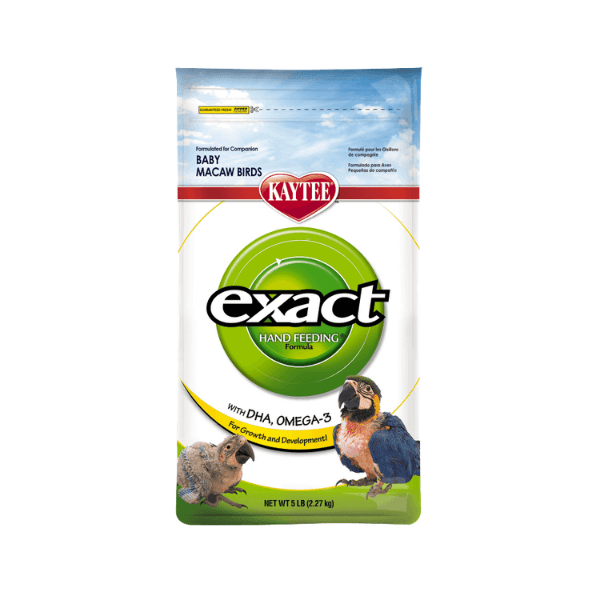


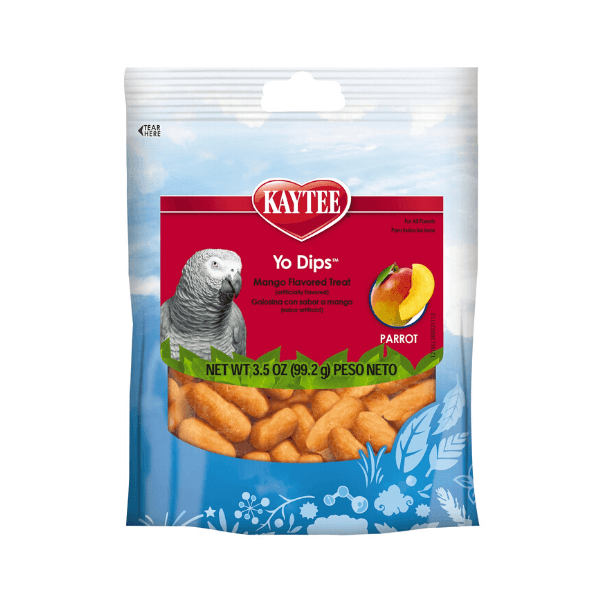
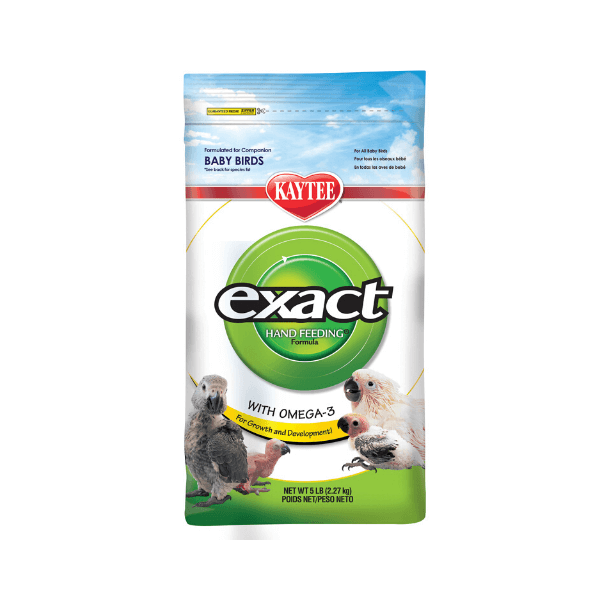













































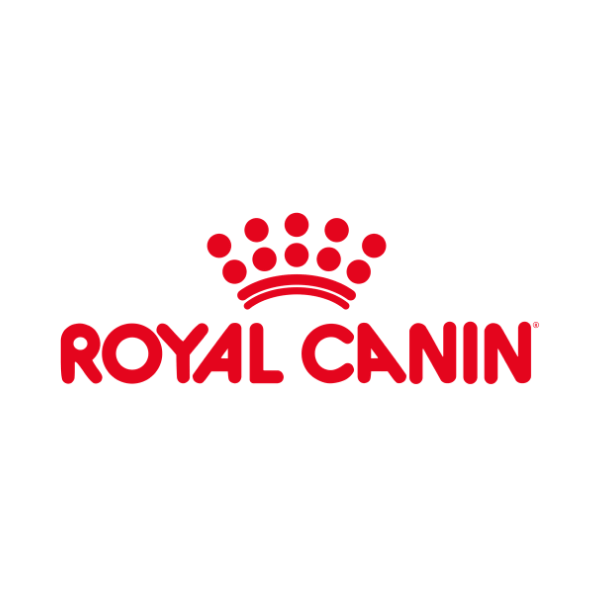

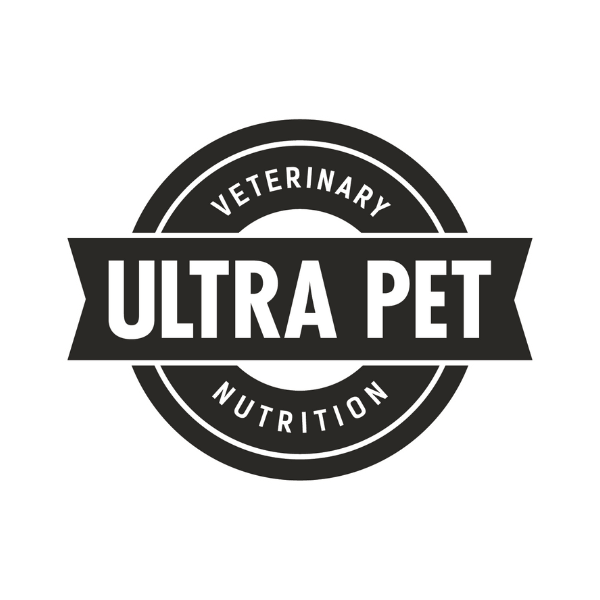
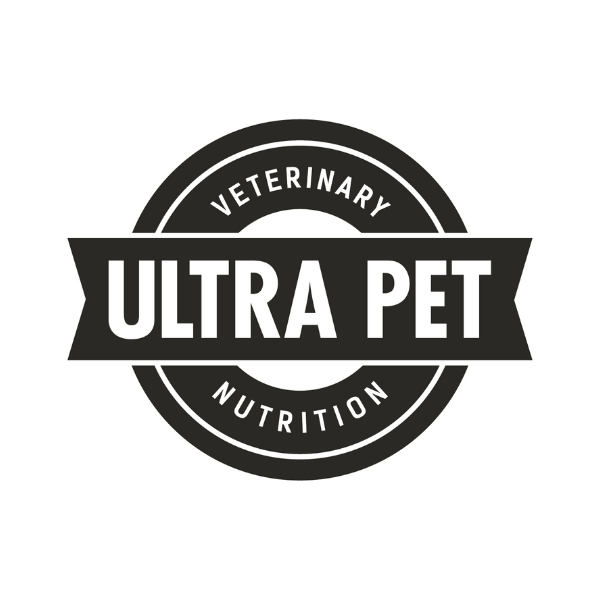


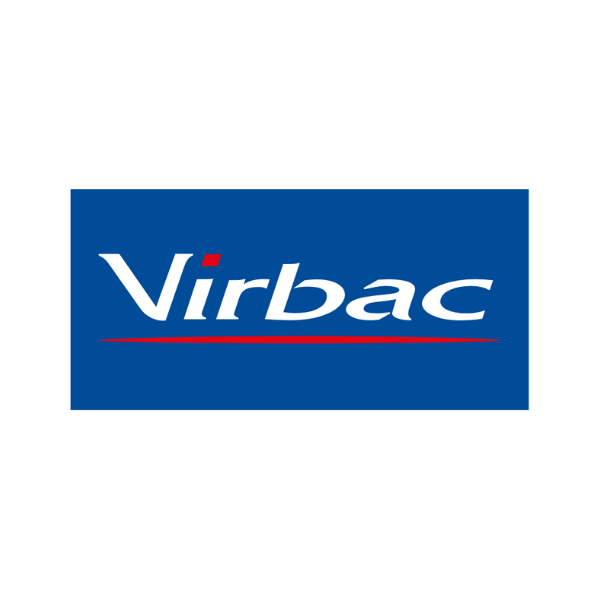







Reviews
There are no reviews yet